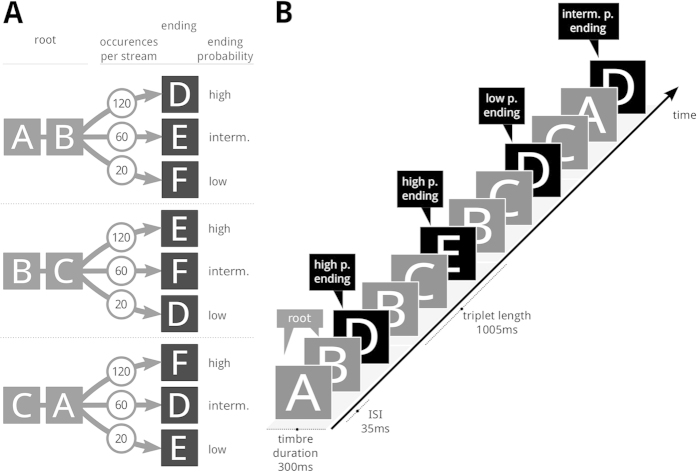Figure 1. Arrangement of timbres into triplets and streams.
(A) Each of three triplet roots (AB, BC, CA) consisted of two timbres. Three different timbres were attached to each root (triplet endings: D, E, F), leading to nine timbre triplets. Across the exposition phase (duration ~1 h), triplets were presented with different frequencies of occurrence in a way that each root would be followed by a specific triplet ending with either high, intermediate, or low probability (numbers in circles indicate total number of presentations of a triplet during the exposition phase). (B) Timbre triplets were concatenated into a pause-free, pseudorandom stream. ERPs were calculated for triplet endings (i.e., for the final item of each triplet, indicated by the black squares), and for triplet roots (i.e., for the first two items of each triplet, indicated by the gray squares). Letters A to F refer to the six timbres used in this study; interm.: intermediate; p.: probability).

